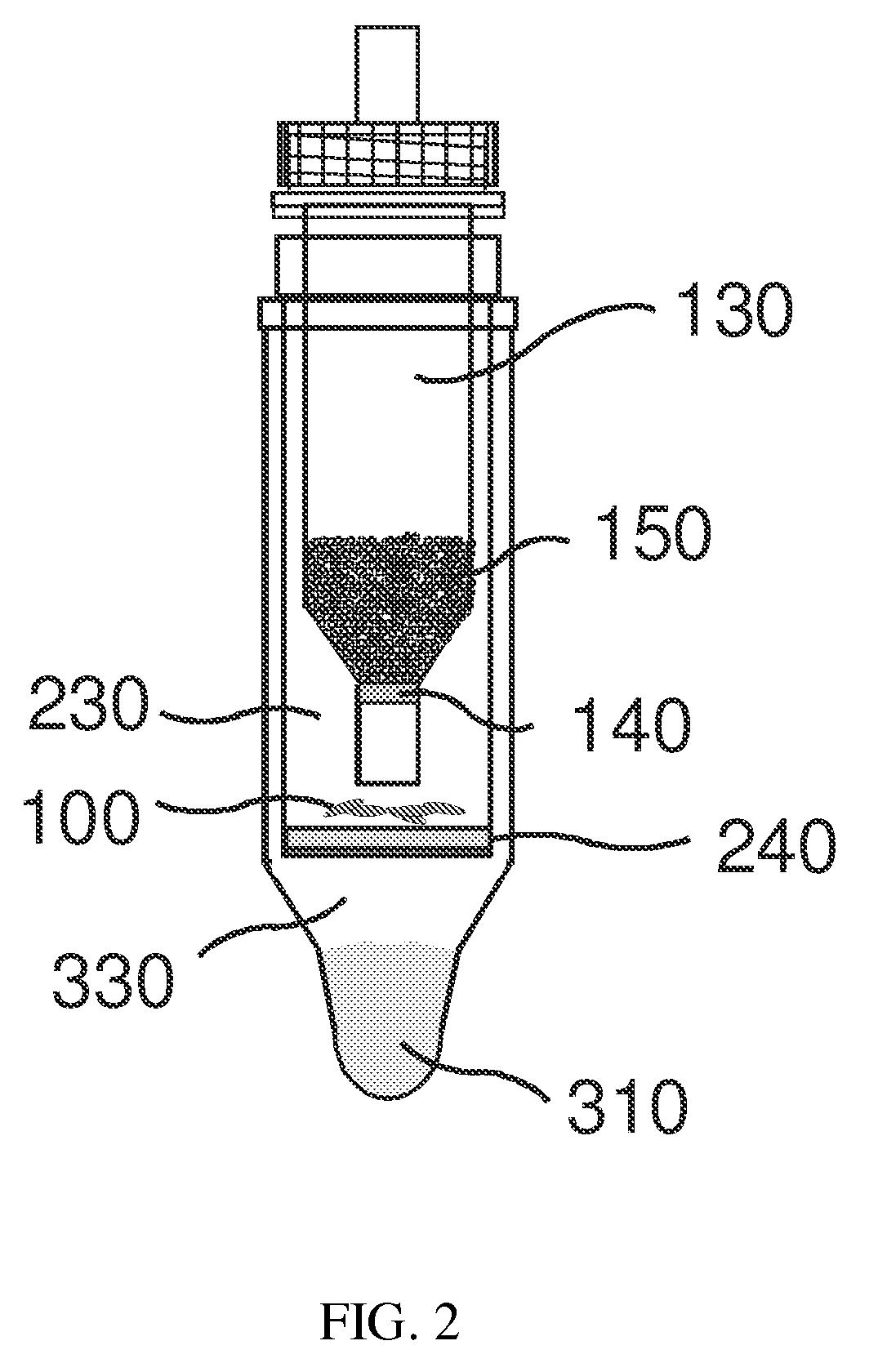Direct detection of intracellular fluorescently tagged cells in solution
a fluorescently tagged cell and direct detection technology, applied in the field of direct detection of intracellular fluorescently tagged cells in solution, can solve the problems of human interpretation of microscope slides, limited sensitivity, long blood culture time before, etc., and achieve the effect of rapid, sensitive and easy to perform intracellular fluorescent assays, efficient and specific collection of target cells, and rapid and efficient detection
- Summary
- Abstract
- Description
- Claims
- Application Information
AI Technical Summary
Benefits of technology
Problems solved by technology
Method used
Image
Examples
example 1
Test Bacteria in Blood
[0088]Every year, 350,000 patients acquire bloodstream infections in the U.S. resulting in more than 90,000 deaths and significant costs to the healthcare system. Conventional diagnostic methods for bacteremia, consisting of blood culture (>8 hours) followed by subculture on agars, can take several days. Before obtaining the diagnostic test result, doctors might administer broad spectrum antibiotics, which can be expensive, toxic and even unnecessarily contribute to antibiotic resistance. Ineffective or incorrect treatment leads to increased mortality, morbidity, length of stay, and overall hospital cost.
example 2
Testing for Bacteria in Urine for Urinary Infection
example 3
Prognostic Test for Chronic Lymphocytic Leukemia (CLL) Using ZAP-70 as Marker in B Cells
[0089]B cells are enriched using magnetic beads, silica beads or hollow silica microspheres coated with antibody against CD19. ZAP-70 inside whole B cells from CLL patients are tagged by fluorescent labeled antibodies against ZAP-70. These cells are typically read by flow cytometry. These cells can be read in solution using a sensitive fluorometer, such as Signalyte™-II.
PUM
 Login to View More
Login to View More Abstract
Description
Claims
Application Information
 Login to View More
Login to View More - R&D
- Intellectual Property
- Life Sciences
- Materials
- Tech Scout
- Unparalleled Data Quality
- Higher Quality Content
- 60% Fewer Hallucinations
Browse by: Latest US Patents, China's latest patents, Technical Efficacy Thesaurus, Application Domain, Technology Topic, Popular Technical Reports.
© 2025 PatSnap. All rights reserved.Legal|Privacy policy|Modern Slavery Act Transparency Statement|Sitemap|About US| Contact US: help@patsnap.com



